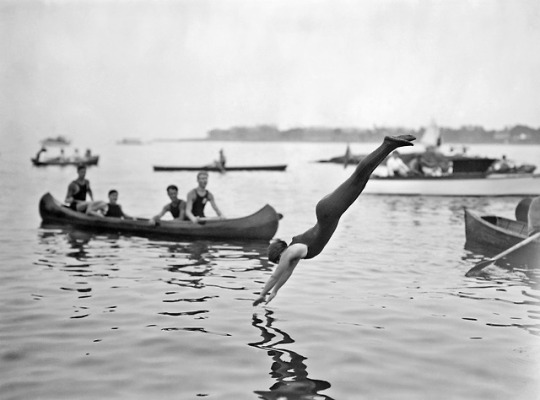#g.g. bain
Text
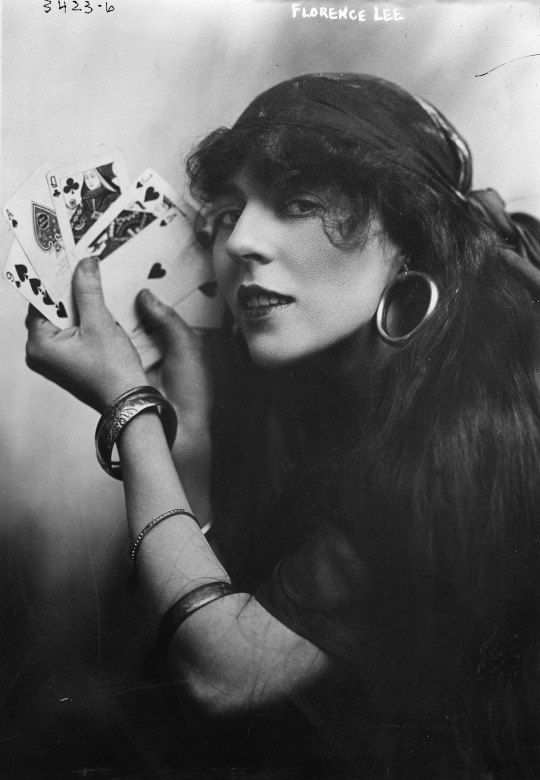
Florence Lee [ca. 1910-1915] Glass negative. Bain News Service, publisher. | src Library of Congress
view more on wordPress
#bain news service#florence lee#g.g. bain#LofC#glass negative#card reader#psychic#portrait#headwrap#g. g. bain#George Grantham Bain#1910s#glass plate
81 notes
·
View notes
Photo

G.G. Bain. Margarete Ober. The Metropolitan Opera mezzo-soprano with a nice rib roast. March 2, 1914
#BW#Black and White#Preto e Branco#Noir et Blanc#黒と白#Schwarzweiß#retro#vintage#G.G. Bain#Magrete Ober#Metropolitan Opera#mezzo-soprano#1914#1910s10s#cooking#portrait#retrato#Celebs#celebridade#ポートレート#肖像#Porträt#Berühmtheit#有名人#名士#célébrité
42 notes
·
View notes
Photo
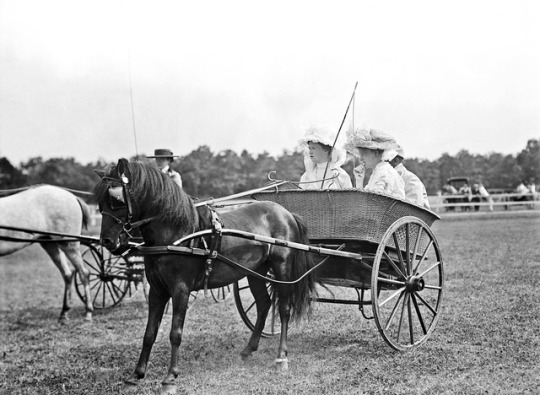
G.G. Bain - Miss Leahy and Miss Farrell, Bay Shore, 1910.
10 notes
·
View notes
Photo

Maybell Meek and Gladys Moore of "Midnight Sons",
posing together on ball field during newsboys benefit
c. 1909
Source: G.G. Bain
52 notes
·
View notes
Photo

G.G. Bain - Frances White. Half of the vaudeville team Rock and White, New York, November 19, 1917.
4 notes
·
View notes
Text
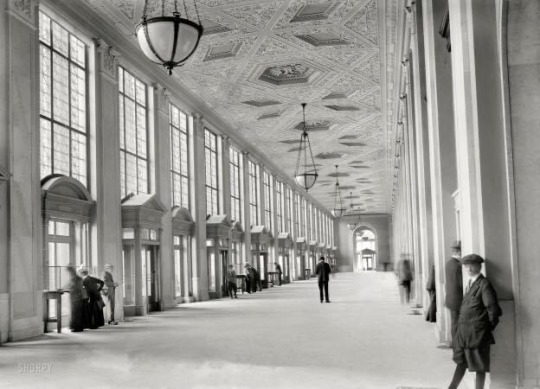

1916. Eighth Avenue and 33rd St. (421 Eighth Ave.) James A. Farley Post Office, interior view and exterior view (1912).
Received landmark status in 1966. It also held the distinction of being the only post office in New York to be open to the public 7 days a week, 24 hours a day.
Due to the 2009 recession however, its windows now close at 10pm.
Shorpy image.
G.G. Bain, photog.
0 notes
Photo

#Repost @oldvintagenewyork 8th Avenue at West 48th Street looking North, April 24, 1920・・・ [SPECIAL IN COLOR 4] Ringling Bros Circus Parade: elephants make an appearance on the city's streets for the circus parade with ringmasters balanced finely on their heads, captured by G.G Bain. New York's population was fast expanding and on its way to becoming the world's first megacity. Another fascinating colorized photograph gives us a glimpse into times gone by as a circus parade marches down 8th Avenue, a now heaving street, with the ringmasters seated on the backs of elephants. In May of 2017, The Ringling Bros and Barnum & Bailey Circus finished its final show, ending its run of 146 years. The self-proclaimed "greatest show on Earth" had seen declining ticket sales for years and the high operating costs of such an event made it no longer feasible, said CEO Kenneth Feld. In a way, it doesn't seem terribly surprising that a spectacle as grand as the circus wouldn't have a place in the 21st century. On the one hand, many people these days don't have to (or want to) leave their homes for entertainment. On the other, evolving views on animal welfare caused the circus to fall under intense pressure to end its use of elephants from animal rights activists.The life of a circus performer wasn't an easy one. Acrobats, clowns and other showmen were often away from family most of the year and spent most of the day working to set up the tents and waiting around for the few hours that made up showtime. For animals, especially prior to any sort of animal welfare laws, circus life wasn't particularly kind. Elephants, lions, tigers and other large animals that need a substantial amount of space were almost always confined to small cages. Performance training often employed abuse, and nearly all circus animals frequently suffered from medical problems. Of course, circuses still delight audiences with spectacles of danger and acrobatics throughout the world today. Cirque du Soleil is incredibly popular and regularly sells out shows. It's safe to assume, though, that the glory days of the vintage circus of old, the "Greatest Show on Earth," are gone. https://ift.tt/2qPO6Ac via W42ST instagram
0 notes
Text

Lady Constance Stewart Richardson, 13 June, 1913. Glass negative. Bain News Service (publisher) | src Library of Congress
view more on wordPress
#Bain News Service#Constance Stewart Richardson#Constance Stewart-Richardson#dance pose#barefoot dancer#dance costume#dancer#Tänzerin#danseuse#tanzpose#danzatrice#bailarina#draped dancer#draped woman#draped women#full length portrait#British dancer#g.g. bain#george grantham bain#tanzkostum#1910s#glass negative#glass plate negative#LofC#spread arms
68 notes
·
View notes
Photo

Actor Will Rogers playing horseshoes c. 1920s Source: G.G. Bain Collection / Library of Congress
88 notes
·
View notes
Photo
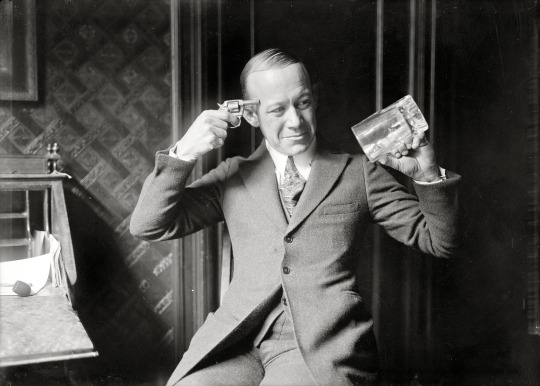
G.G. Bain - Out of Beer, The vaudevillian Ernie Hare, New York circa 1920.
5 notes
·
View notes
